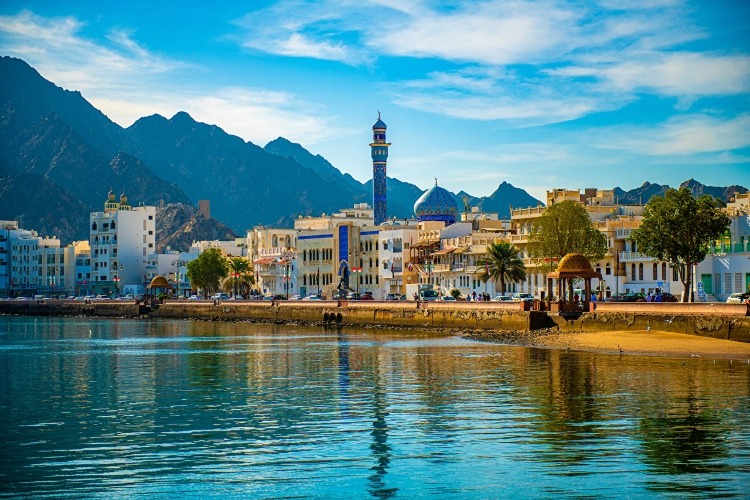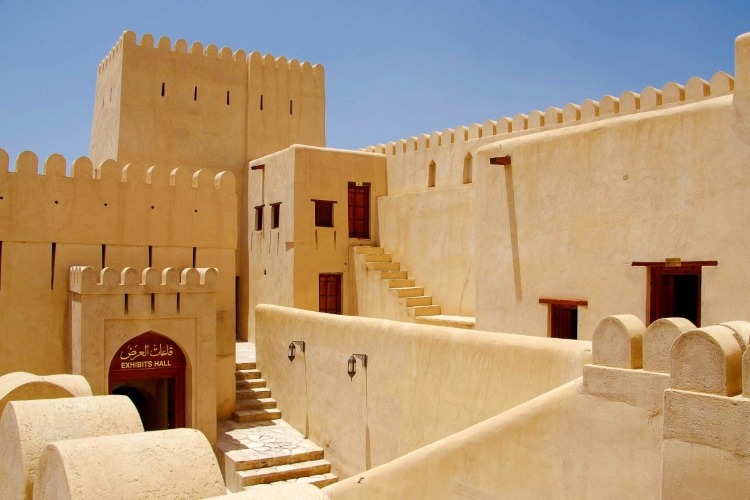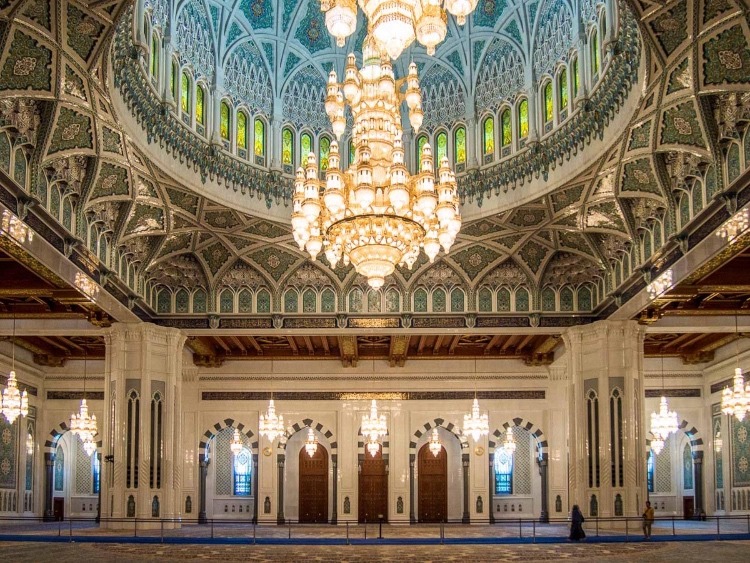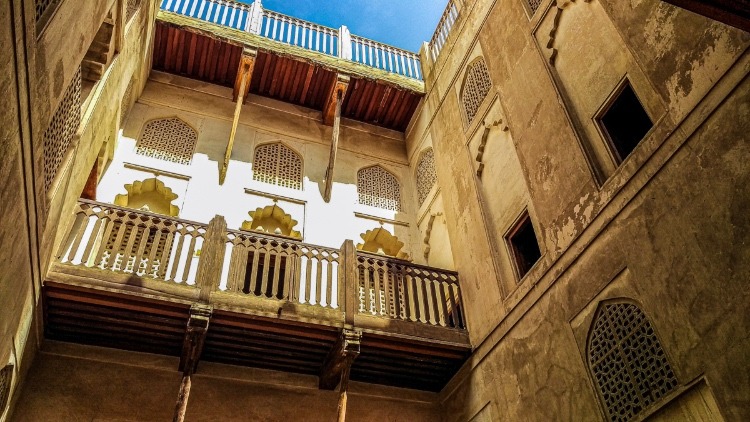According to the Directorate General of Passports and Residence, inhabitants of the GCC (Gulf Cooperation Council), which includes Saudi Arabia, Kuwait, UAE, Qatar, Bahrain, and Oman, can now enter Oman without a visa. Gulf Business reported that this rule applies to individuals in all commercial professions. Also, it is not required for the resident to come directly from a GCC country as they will be permitted entry at any time and from any destination they arrive from. Before, GCC citizens had to submit an e-visa application on the official government website before traveling to Oman.
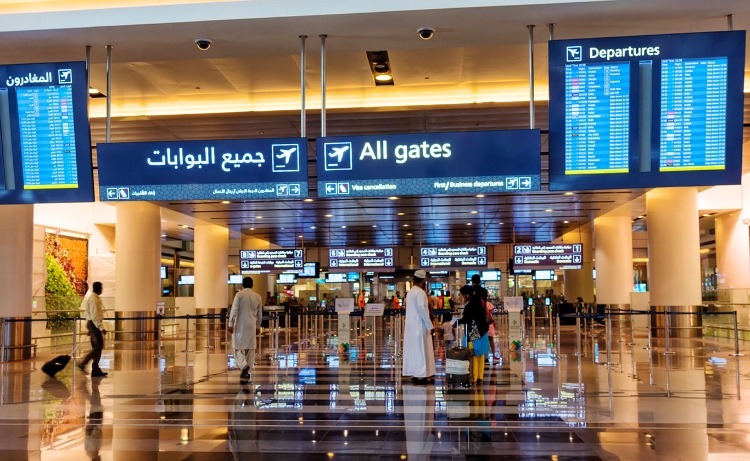
Once you get there, you’ll be enthralled by some of Oman’s stunning destinations. The city was ranked among the top 10 global tourist destinations by Lonely Planet due to its diverse landscape which includes deserts, mountains, beaches, and cities full of life. The country has a long history of Portuguese trade and is therefore home to a multitude of forts and castles. Exploring them can be one of the fun things to do during the winter. But that’s not all; the nation also has stunning camping areas that are specifically excellent in the winter due to how difficult it is to travel through the mountains during the country’s intense summers.
Jebel Shams
The name Jebel Shams, which translates to “Mountain of the Sun,” is thought to be the highest point in Oman. The mountain, which also contains Jebel Akhdar, is located in the center of the Western Hajar Mountain series in the Al Dakhiliyah area. There you can enjoy some activities like camping, stargazing, and hiking. You can even hike the summit which many hikers choose to split over two days by camping up near the peak, in order to make the most of the visit and enjoy the hike instead of rushing to do it in a single day.
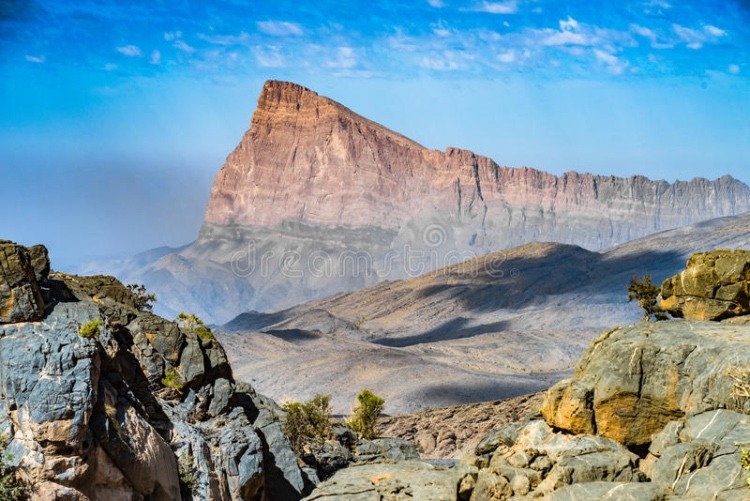
Nizwa Fort
Nizwa Fort is one of the most visited Oman tourist spots because of its cultural significance and deep-rooted history. The Fort is unique among other forts in Oman due to the cylindrical shape of its main tower which also happens to be the biggest tower in a fort in Oman. It also contains many exhibits and artifacts displayed in each of the rooms of the fort. There, you can find a gift shop and a permanent exhibition that illustrates the geographical history of Oman and many details about the history of Nizwa and how it used to be the capital of Oman.
Nizwa Souq
Considered one of the oldest souqs in the country, Nizwa Souq is an extensive marketplace that’s dedicated mostly to fruit and vegetables, meat, and fish, all of which are housed in separate blocks behind the city wall that overlooks the wadi. Another part of the souq (nearest to the fort) is dedicated to handicrafts and caters specifically to tourists.
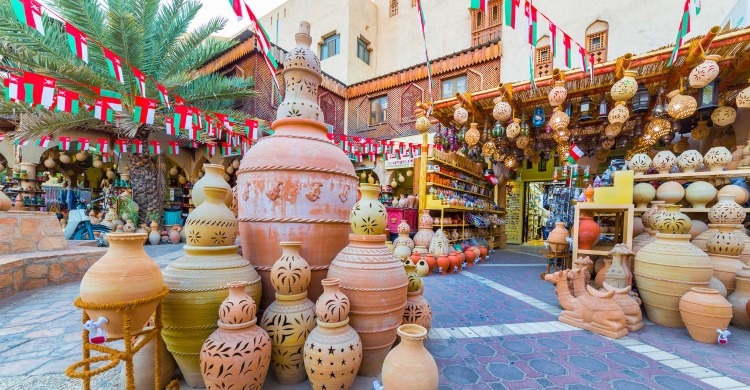
The Sultan Qaboos Grand Mosque
Founded in 2011, the Grand Mosque was inaugurated by Sultan Qaboos bin Said of Oman to commemorate 30 years of his rule. The Sultan Qaboos Grand Mosque is one of the most popular structures in Muscat. Its five minarets, which stand for the five pillars of Islam, have magnificent architectural designs definitely worth seeing. The tallest minaret is 91.5 meters; the others can get as high as 45 meters.
Jabreen Castle
This castle can be easily visited during a day trip from Muscat to Nizwa so anybody who is visiting Nizwa fort can also add Jabreen castle as their next stop. Jabreen Castle used to be the center for learning astrology, medicine, and Islamic laws during ancient times. Now, the castle is surrounded by palm tree farms and agricultural fields that give the castle a unique aesthetic to it.


